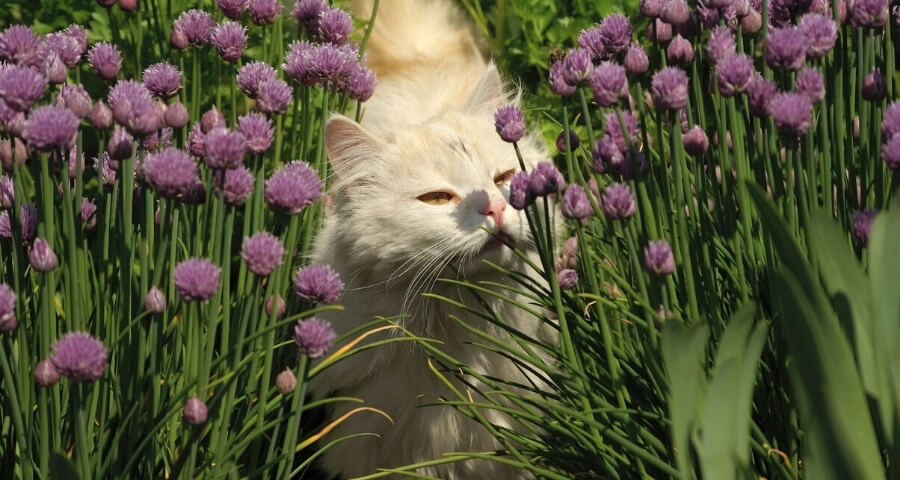Caring for fluffy long-haired cats
Long-haired cat breeds such as ragdolls, birmans, maine coons and Persians are great to snuggle and are generally blessed with loving, sweet personalities, making them great companions. However, keeping one of these beautiful cat breeds clean and healthy does involve some extra maintenance.
Cats groom themselves on a regular basis, and for short-haired cats this is generally sufficient to keep them tidy. Long-haired cats, however, can have difficulty keeping those long, luxurious coats matt-free.
If you own a long-haired cat, it is recommended to brush them at least every couple of days, although some cats may require daily brushing e.g. elderly or unwell cats, or those with particularly thick coats. It is best to use a slicker brush to remove excess fur, and a comb for more tangle-prone areas such as around the ears, belly and tail. If your cat is shedding more, consider the careful use of a deshedding tool (overzealous use can risk the creation of bald spots and skin irritation.)
Removal of excess hair is important for skin and coat health, and helps to prevent the formation of hairballs, which long-haired cats are more likely to develop. Hairballs are clumps of fur that build up in a cat’s stomach or intestines, they can cause unwellness and vomiting, or gut blockages if severe.
If your cat ever does develop matts of fur, avoid the temptation to cut them off with scissors – it is very easy to accidentally cut your pet’s skin in this process! Instead, just ask our team for assistance or purchase some pet-safe electric clippers to carefully shave off the matts.
Lastly, it’s not the most enjoyable job, but make sure to check around your long-haired cat’s bottom regularly as sometimes poop can get trapped here, requiring bottom-bathing or the trimming of fur.
Ask our friendly team if you have any other questions about keeping your long-haired cat healthy!

